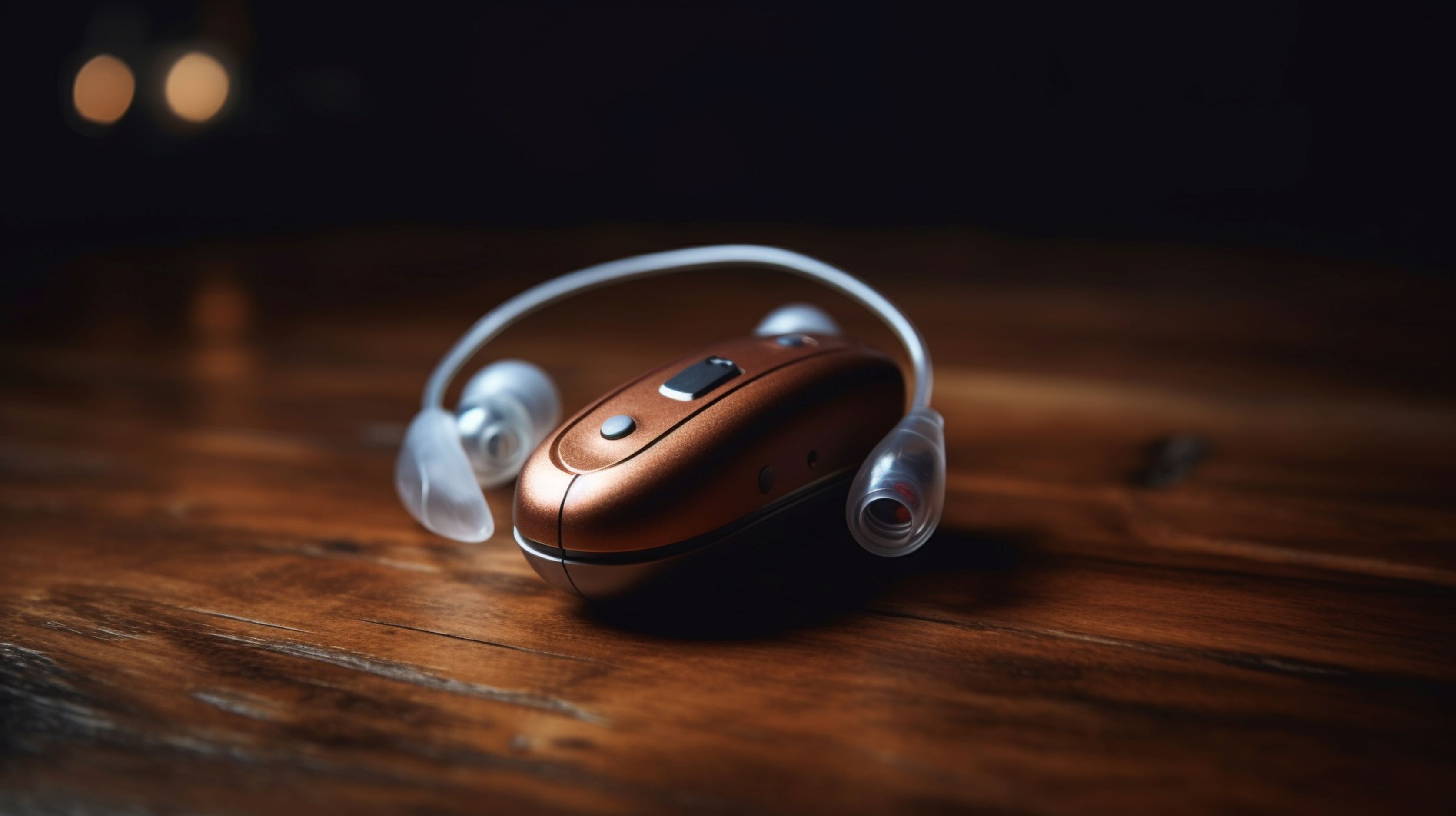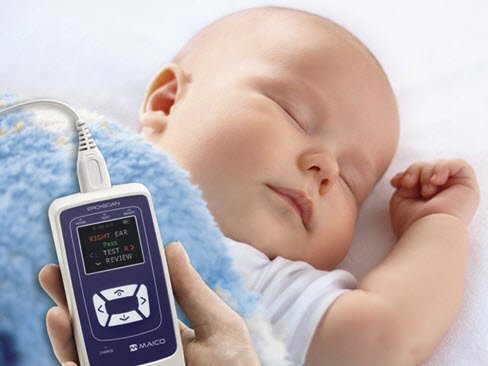
OAE
OAE
Auditory Evoked Potentials (AEP) are electrical responses generated by the auditory system in response to sound stimuli. These responses can be measured using electrodes placed on the scalp and are crucial in diagnosing various hearing problems, particularly in populations that are difficult to test using conventional audiometric methods, such as infants, young children, and individuals with developmental disabilities.

Types of AEP
Auditory Brainstem Response (ABR)
- Usage : Commonly used to assess hearing in newborns and to diagnose neurological issues affecting the auditory nerve and brainstem.
- Procedure : Electrodes are placed on the scalp and earlobes or mastoids to record electrical activity in response to clicks or tone bursts.
- Usage : Provides information about the auditory pathways between the brainstem and the auditory cortex.
- Procedure : Similar to ABR but focuses on responses that occur slightly later, within 10 to 50 milliseconds after the stimulus.
Middle Latency Response (MLR)
- Usage : Assesses the higher auditory pathways and cortical processing of sounds.
- Procedure : Records responses from the auditory cortex, typically occurring 50 milliseconds or more after the stimulus.
